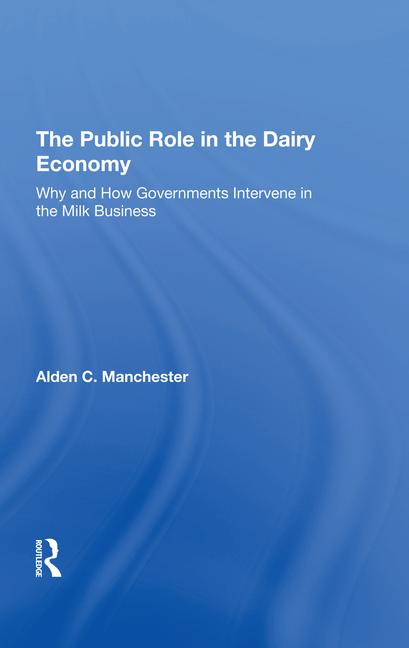What are your largest distribution, fleet operations, logistics and management challenges? Could it be scarcity of qualified drivers, internal competition for adequate capital investment dollars, regulatory compliance, finished-product storage capacity, inadequate or outdated management and operating technology or environmental mandates?
In its March 2011 newsletter, Great Dane Trailers wrote that “by the end of 2013, a major fast-food chain will require all temperature-controlled carriers to have the capability to monitor reefer units from a remote location and electronically send temp data for the life of the shipment to a centralized website.” Do you currently have the capability to comply with such requirements?
Many managers and executives in fluid dairy and ice cream distribution, logistics management and operations may not be familiar with the vast range of resources available from today’s third-party logistics (3PLs) providers. There are two basic types of 3PL providers; asset-based and non-asset-based. I generally consider non-asset-based as providers of technology plus management and operations services and resources. Asset-based providers also offer capital asset investments, which they might also operate for you.
Between the two types, they can offer customized combinations of services, equipment, technology and facilities designed for virtually any or all of your current distribution and logistics issues and challenges. The greatest mistake or shortcoming for many processors taking their first look at possible 3PL solutions is tunnel vision. That is to say they take a very narrow and pre-determined focus on a single problem or solution rather than a broader “imagine the possible” view.
While a simple substitution of a dedicated contract carrier to replace current in-house transportation to a distant market may be the solution needed today, that is merely a response to a specific situation. However, if processing/packaging of long-life products is seen as a new growth opportunity and is expected to continue expanding, you may need to design and implement new operations capabilities for profitably growing your distant-market-distribution along with finished-product warehousing resources.
A hypothetical example
For the purposes of our discussion, let’s look at a dairy or ice cream company aiming to conserve both internal working and investment capital while meeting the capital and customer demands of continuing new growth.
New long-life processing and packaging technology has enabled the company to greatly expand production and reach into distant new markets. Taking advantage of those new market opportunities will require additional long-haul transport fleet equipment, along with refrigerated or deep-frozen product storage, load-out facilities and direct-store delivery in those distant markets. In short, this will require additional investments in capital equipment and physical facilities, additional labor and management staff, and technology and systems investments.
Working with an asset-based 3PL, the ice cream processor developed two possible alternatives for consideration.
1. The 3PL would purchase, manage and operate the state-of-the-art processing plant’s finished-product storage and distribution facility along with providing, operating and managing the long-haul transport fleet equipment needed to supply the distant markets. This will free up capital for the processor to invest in, manage and operate distant-market storage and customer delivery capabilities.
2. The 3PL would finance, operate and distribute in those distant markets while “wearing” the company’s logo and signage as its representative. The dairy processor would transport its products to those markets themselves.
From those two fairly complicated alternatives, a dozen additional refinements or additional tweaks can probably be designed.
The first scenario would free up a substantial amount of the company’s investment and operating capital. The second would avoid (or reduce) the company’s additional capital investment needs for these new and distant markets.
This rather simplistic example provides at least a hint at what is possible in a 3PL provider relationship. I believe it just scratches the surface of the “possible” and hope that it excites your imagination to the point that you seek out and explore the possible with 3PL partners.
Don Wilson is president of the Wilson Group, Waxahachie, Texas
Related Articles
Related Products
See More ProductsSee More ProductsEvents
View AllSubmit An Event-
December 9, 2015 Optimizing ‘Product Mix’ in a Volatile Global Dairy Ingredients Market: Unlocking Flexibility and Efficiency in your Production Lines
Related Directories
×
Stay ahead of the curve. Unlock a dose of cutting-edge insights.
Receive our premium content directly to your inbox.
SIGN-UP TODAYCopyright ©2024. All Rights Reserved BNP Media.
Design, CMS, Hosting & Web Development :: ePublishing



